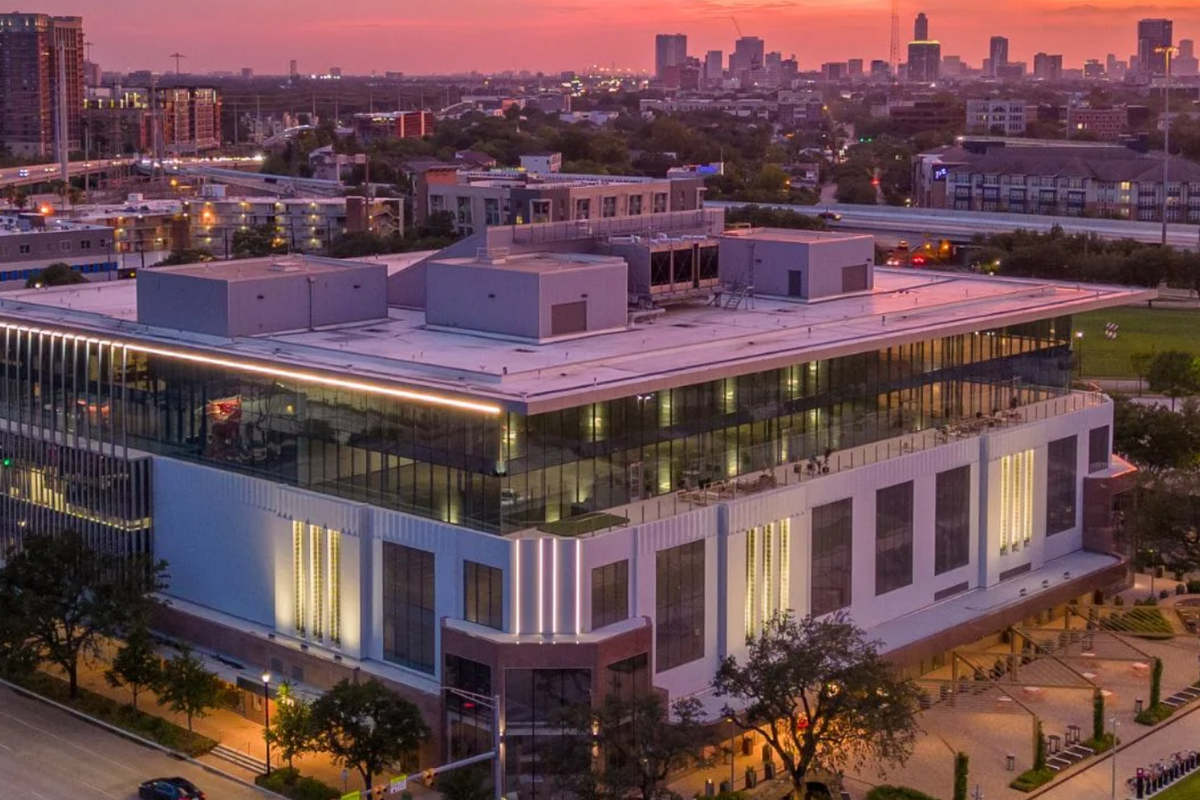Houston-based Occidental officially opened its new Oxy Innovation Center with a ribbon cutting at the Ion last week.
The opening reflects Oxy and the Ion's "shared commitment to advancing technology and accelerating a lower-carbon future," according to an announcement from the Ion.
Oxy, which was named a corporate partner of the Ion in 2023, now has nearly 6,500 square feet on the fourth floor of the Ion. Rice University and the Rice Real Estate Company announced the lease of the additional space last year, along with agreements with Fathom Fund and Activate.
At the time, the leases brought the Ion's occupancy up to 90 percent.
Additionally, New York-based Industrious plans to launch its coworking space at the Ion on May 8. The company was tapped as the new operator of the Ion’s 86,000-square-foot coworking space in Midtown in January.
Dallas-based Common Desk previously operated the space, which was expanded by 50 percent in 2023 to 86,000 square feet.
CBRE agreed to acquire Industrious in a deal valued at $400 million earlier this year. Industrious also operates another local coworking space is at 1301 McKinney St.
Industrious will host a launch party celebrating the new location Thursday, May 8. Find more information here.












